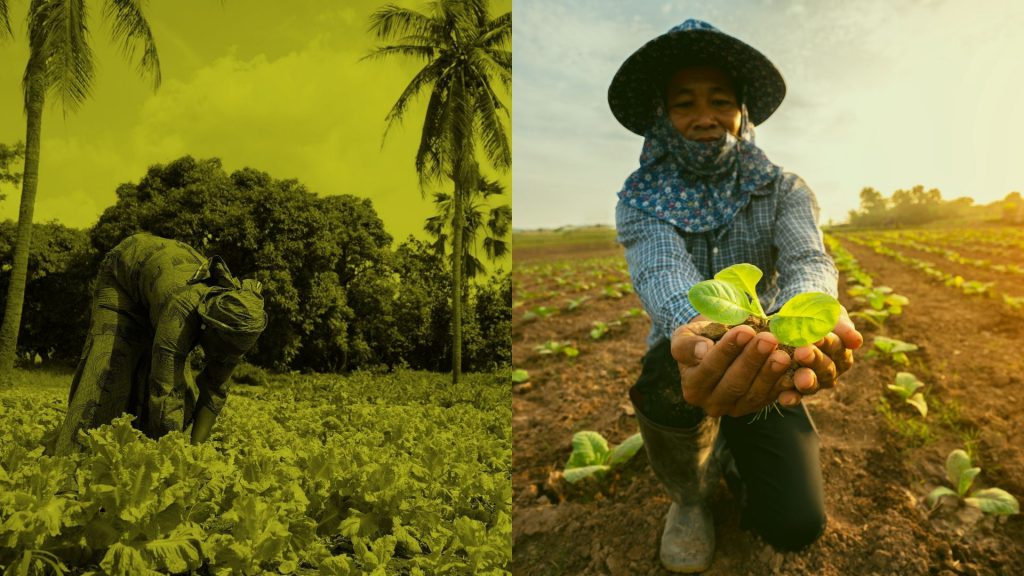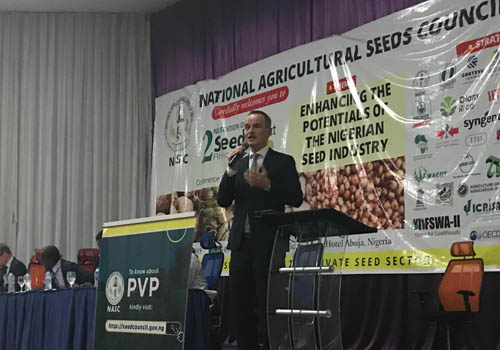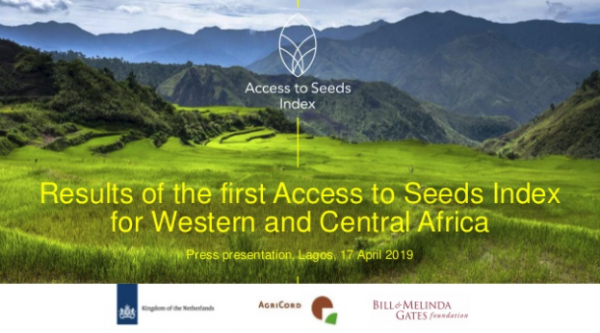The first Access to Seeds Index for Western and Central Africa is topped by a homegrown seed company from Nigeria: Value Seeds. What better venue to present these results than on the second SeedConnect Africa conference in Abuja.
In his presentation executive director Ido Verhagen explained that the study has shown that the region has a lot of indigenous potential to tap into for improving access to seeds for smallholder farmers. Landscaping studies have shown that in nearly all countries in the region certified seed-producing cooperatives are active. Also global seed companies are gaining more interest in the region and are present in all countries, although in some countries in the choice between is thin. In half of the countries in the region homegrown seed companies are coming up that are involved in breeding.
The overall picture of the study was however one of international and African seed companies falling short in delivering quality seed and new varieties to smallholder farmers. “While there is a growing number of seed companies active in the region, both homegrown and international, less than half of the 23 companies researched conduct plant breeding in Western and Central Africa. This limits the release of new varieties adapted to the region, and explains the high number of varieties that are older than five years offered in company portfolios,” he added.
He said the relevance of access to seeds and plant breeding should not be underestimated, pointing out that the number of undernourished people in the world reached an estimated 821 million in 2017. Verhagen said, “It is rising. Climate change and weather extremes have been identified as a major reason for the increase. The seed industry has a vital role to play in helping farmers to adapt to climatic challenges while simultaneously raising production levels.”
He stated that according to the FAO the number of undernourished people has been on the rise in Western Africa and sub-Saharan Africa as a whole in recent years, maintaining that Western Africa has seen undernourishment rise to 15.1 per cent of the population in 2017 from 10.4 per cent in 2010.





